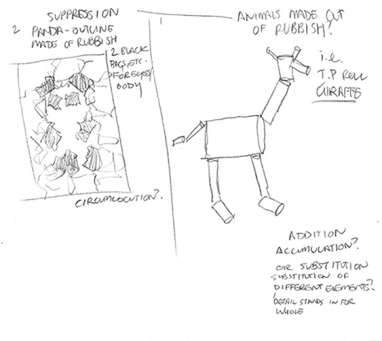This week’s learning focused on figures of exchange. I’ve found an example to illustrate each category below:
Inversion:

Where the scale of a product is inverted. Dyer uses the example of a little person standing next to a giant version of a product (Dyer 2008, p 143). This is the most common form of inversion, even when the little person may be normal sized, made to seem smaller next to an oversized product, as above.
Hendiadys & Homology:

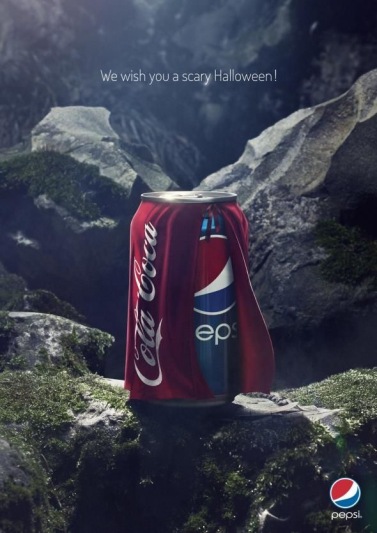
(Above: Hendiadys & Homology respectively)
A complex idea connected by the word ‘and’; Hendiadys features similar form but different contents, with homology being the opposite: similar contents but different form.
Asyndeton:

A logical disconnection; where something is missing. Here there is a logical disconnection between the stomach and the ice cream cone.
Anacoluthon:
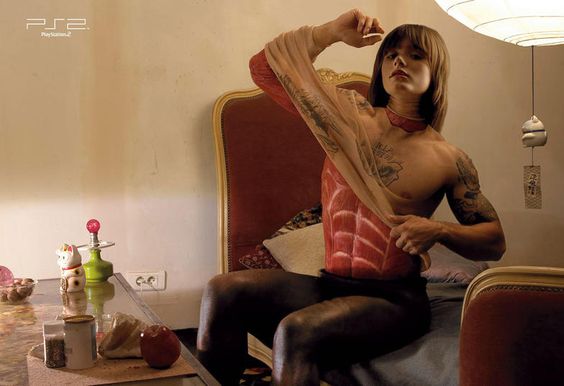
Poor or no grammatical sequence; illogical components in one image.
Chiasmus:
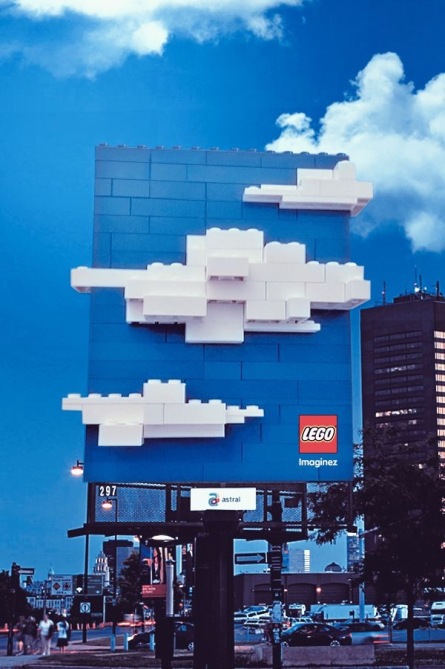
An exchange of elements, but the grammar is correct.
Antimetabole:
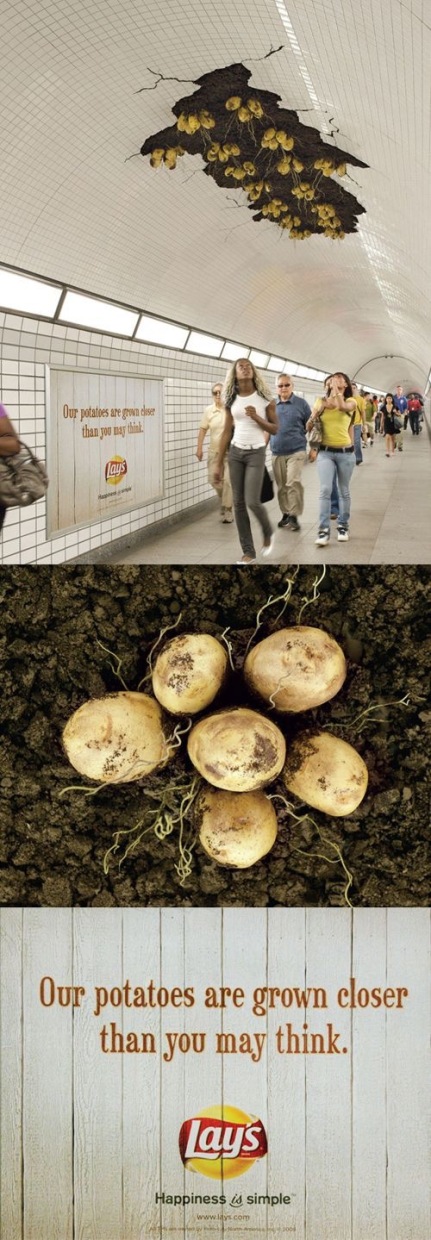
A double meaning which is incongruous or defies gravity.
Oxymoron:

The reverse of a paradox, where two elements remain contradictory.
Project 3 Progress:
My posters are almost finished! All but one are complete, save for the additional text. My final poster is on figures of addition, so I’m trying to figure out how to tie it in to the other three posters.

This is my figures of exchange poster, which uses oxymoron. Body text which lists facts and image references are still to go on, but I’m pretty happy with how its turned out so far!
Reference List:
BBDO (n.d.), ‘You’re Not You’ [image], Adeevee – Snickers Zebra, Pinterest, viewed 1st February 2016, https://www.pinterest.com/brunopdesign/ads/
Dyer, G 2008, Advertising as Communication, Taylor and Francis, Florence
‘Ice Cream Obesity’ [image] (n.d.), Ice Cream with Big Belly, Pinterest, viewed 1st February 2016, https://www.pinterest.com/pin/407435097511196483/
Lays (n.d.), ‘Lays Potatoes Grown Closer than You May Think’ [image], Lays: Our Potatoes Are Grown Closer than You May Think, Pinterest, viewed 1st February 2016, https://www.pinterest.com/pin/528398968752500382/
Lego Support Media (n.d.), ‘Lego Cloud’ [image], Lego Cloud Advertisement, Pinterest, viewed 1st February 2016, https://www.pinterest.com/pin/272608583670885599/
McDonalds (n.d.), ‘Massive McMuffin Breakfast’ [image], McDonalds Guerilla Marketing, Pinterest, viewed 1st February 2016, https://www.pinterest.com/pin/254242341440925461/
Playland (n.d.), ‘Playland: Torture’ [image], Print ad: Playland: Torture, Pinterest, viewed 1st February 2016, https://www.pinterest.com/pin/109353097177026103/
Pepsi (n.d.), ‘Scary Halloween’ [image], Scary Halloween, Pinterest, viewed 5th February 2016, https://www.pinterest.com/pin/19703317093528914/
Sony (n.d.), ‘PS2’ [image], PS2 Ad, Pinterest, viewed 5th February 2016, https://www.pinterest.com/pin/540854236473294616/






